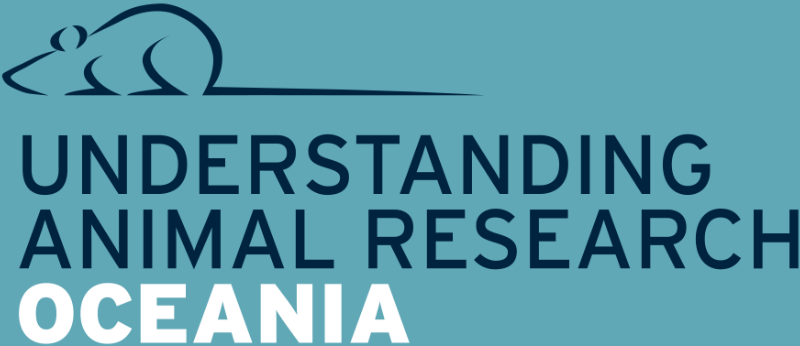Text to go here...
A century ago, horses were used to produce an antitoxin to treat diphtheria. This was the forerunner of diphtheria vaccination. Scientists have cloned the first member of the equine family: a mule, a cross between a mare and a donkey. The first cloned mule, Idaho Gem, was born in May 2003. This mule clone may help shed some light on human cancers. There are close similarities between humans and horses at the cellular level, which could provide a number of insights about how the relationship of certain chemicals in the body affects both normal and abnormal cell activity.

The importance of acetylcholine was first noted in 1914 and later research on horses revealed its use in the body. It effects the organs of the body in a similar was as the stimulation of the parasympatic nervous system.
http://www.animalresearch.info/en/medical-advances/diseases-research/alzheimers-disease/
Both HIV and HPV were discovered thanks to a history of research into similar viruses in animals. Lentiviruses, the class of retroviruses which include HIV, were known to cause diseases affecting the immune system in the early 1900s in animals among which horses.
In 1888, Pierre Roux and Alexandre Yersin showed that the liquid in which the bacterium responsible for Diphtheria had been grown caused the symptoms of the disease by injecting it in animals, including horses. The symptoms were caused by the toxin released by the bacteria. An anti-serum to the toxin, known as antitoxin was developed protecting the animals and was first time in 1891. Production of the antitoxin on a large scale was achieved in horses and widespread use followed thanks to which the deaths from diphtheria were approximately halved in the 1890s.
http://www.animalresearch.info/en/medical-advances/timeline/diphtheria-prevented-immunisation/
4. Research on horses led to the extermination of Glanders in the UK
Glanders used to take a big toll of equine life in Great Britain, particularly among industrial horses of large towns – all clinically recognised cases were fatal. Experimental research revealed the cause – Bacillus mallei – and the channels of spread of the disease. Thanks to the development of tests together with intensive preventive measures and thorough disinfection, glanders has been determined from Great Britain and there has been no confirmed case in the last 20 yrs.
http://www.animalresearch.info/en/medical-advances/veterinary-medicine/equine-herpes-virus/
5. Horse studies are underway in hope to cure equine herpes virus
Equine herpes is a widespread, deadly condition in horses. The equine herpes virus (EHV-1) bears similarities to human herpes viruses. It can stay dormant for years in infected animals. Research is ongoing into the development of antiviral drugs form preventing the virus from spreading through the body – although this would do little about the transmission of the disease, it would avoid it escalading beyond the respiratory system. There are currently no vaccines that completely protect horses, although partial protection can be possible with some herpes vaccines. A new approach is being tested in horses involving targeting EHV-1 using small interfering RNA.
6. Heart catheterization was developed first in 1861 in Horses
Generally thought to be impossible without causing severe damage to the vessel, it consists of taking and electrode and navigating it through the blood vessels until it reaches the heart. This would allow clinicians to measure the pressure in the heart and determine if a defect needs to be operated on. Inspired by researchers who had achieved this in a horse in 1861, Werner Forssmann saw the potential this technique could have and performed it on himself. His reckless bravery paved the way.
7. Horses helped understand how tumour viruses work
Work in animal cell lines and cell cultures and the production of normal and cancerous tissue in animals including horses allowed the discovery of reverse transcriptase – a viral enzyme that produces DNA from an RNA template – and the transformation applied to both DNA and RNA tumour viruses.
Horses have a band of muscle around the oesophagus as it enters the stomach that works as a one-way valve – it cuts off the passage for food going back up. In horses, this muscle closes so powerfully that they simply can’t vomit.
http://usatoday30.usatoday.com/news/science/wonderquest/2001-05-02-horse-throw-up.htm
9. Horses have seven common blood types
Blood types are determined by specific antigens found on the surface of red blood cells or erythrocytes. There are over 30 blood groups in horses, of which only 8 are major systems, 7 of which are internationally recognised.
https://eclinpath.com/hemostasis/transfusion-medicine/blood-types/
10. Horses can’t breathe through their mouths
A flap of tissue called the soft palate blocks off the pharynx from the mouth of the horse, except when swallowing. This helps to prevent the horses from inhaling food, but does not allow use of the mouth to breath – a horse can only breath through its nostrils. For the same reason, horses cannot pant for thermo-regulation.




